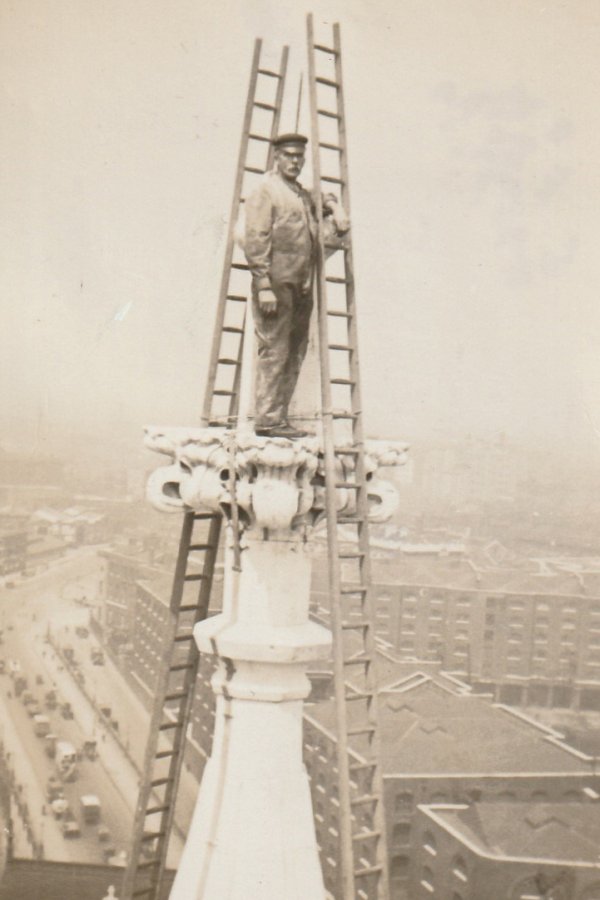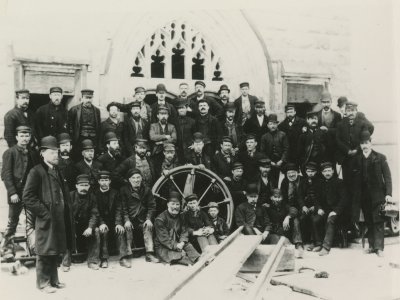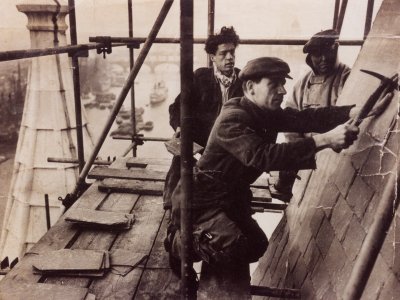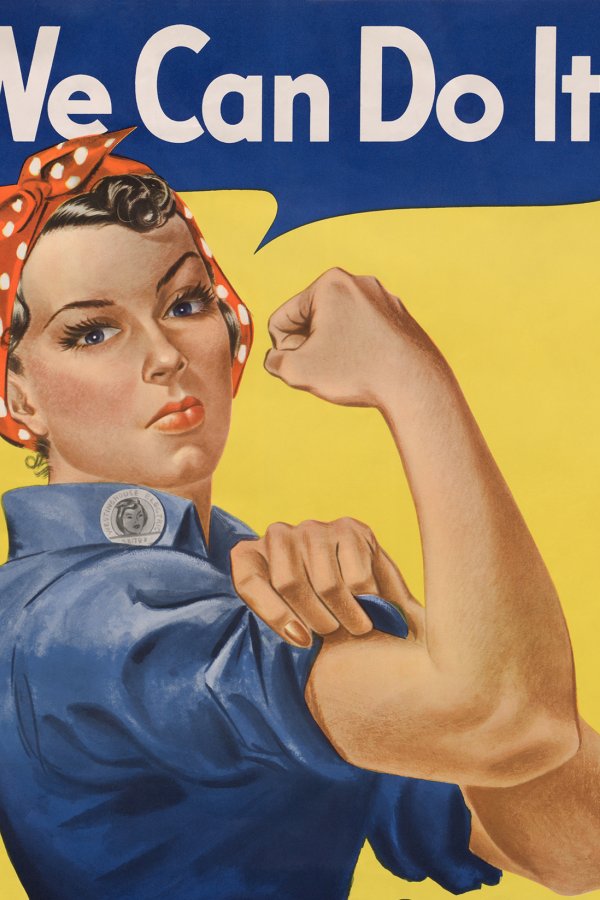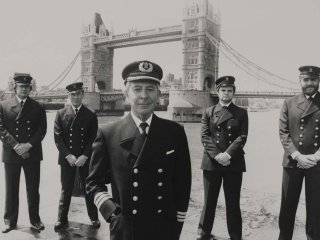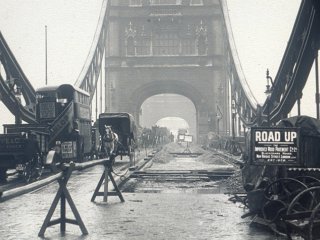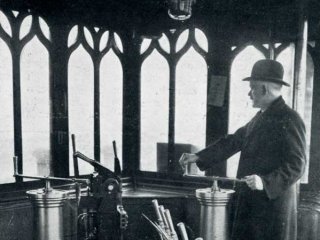The Rhyming Cockney Riveters of Tower Bridge
The riveters of Tower Bridge were essential workers who helped to build the iconic structure you see today. It was dangerous work that required a huge amount of skill and precision.
Many of these workers of our 1880s workforce would have spoken Cockney rhyming slang, which originated in the East End of London sometime in the 1840s.
Brush up your lingo while learning some brass tacks (facts) about how Tower Bridge was built.
